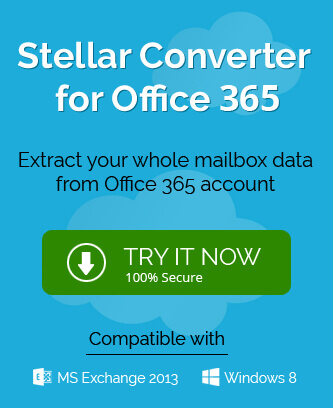A user’s account in Outlook contains the complete mailbox that has multiple folders to save emails and other data. The mailbox is created for a specific user by his/her name. But sometimes, a mailbox is required for some accounts that are managed by more than one user. A business requires multiple mailboxes that are meant to get emails directly to the business-like contact, complaints, careers, etc.
A business manager may also require some dedicated mailboxes to share information between the team members, colleagues, and clients. A shared mailbox is an answer to all these requirements. The shared mailbox does not have its email address or password, so the user cannot access it directly. The Exchange or Microsoft 365 Administrator creates it and assigns the permission to the user. Then the user can log in to Outlook and access the shared mailbox.
How to create a shared mailbox?
The Exchange Administrator can create a shared mailbox in the Exchange Administrator Center –
- In the Recipients category, click Shared and click Add button with the plus icon.
- In the empty fields, enter a Display name and the email address.
- The next step is a permission that you can assign to the mailbox and also select the users who are granted the permission.
NOTE – There are three types of permissions for each mailbox.
Full Access – Full Access permission grants the full authority to the user over a shared mailbox. The user can create calendar entries, read, write, edit, delete or modify the email messages. Users can also create new contacts and tasks. The noteworthy point is that the Full Access permission does not allow the user to send emails through Shared Mailbox. To send an email, the user should have either Send as or Send on Behalf permissions.
Send as – it is impersonating permission that facilitates the user to send an email. The recipient will receive the email on behalf of a shared mailbox account rather than the sender’s username.
Send on Behalf – Send on Behalf permission allows the user to send an email on behalf of the shared mailbox. For example, if Joey sends a message using Meeting Room no. 4, then the recipient will get the message as ‘Joey on behalf of Meeting Room no. 4.’
- After selecting the permission, you can move forward and click the Add button to add users to will use the shared mailbox.
- Click Save to save the changes.
- Ask the user to restart their Outlook application and they will have a new shared mailbox in their accounts working separately.
How to export Shared Mailbox to PST?
Due to their effectiveness in managing the emails directly meant to a business, the shared mailboxes are extremely important to protect. If you want to remove a shared mailbox from a user’s account or want to take a backup, then you should export Shared Mailbox to a PST file.
- Login to Microsoft 365 as the Administrator and go to Security & Compliance Center in Admin section.
- Follow Permissions>>e-Discovery Manager and use the edit option to add your user account to the eDiscovery Administrator list.
- In Search and Investigation, choose to Content Search. Conduct a new Search. Then go for specific locations and select Modify option. Select the email address and choose the mailboxes from groups.
- Apply the available filters like keywords, message type, To, From, and other options. Then click Add.
- Provide a new name to the search process.
- When the search procedure is running, then go to Content Search and select the search job that you have created.
- Go to Mailbox PST Backup>>More>>Export Results.
- Choose Export after making your options in Export Results wizard.
- The Export job will start.
- After the export job is finished, you can see the export key that you can copy.
- Open the e-Discovery export tool and provide the export key that you had copied earlier.
- Input the new location for the saving PST file.
- The new saving process will start to work after you click the Finish button.
NOTE – Assign the Mailbox Import and Export Role in the role group before starting the procedure.
Final words
As you can see that the manual attempt to save the shared mailbox in the PST file is going to take lots of time and effort, so there are maximum chances that a single misstep may jeopardize the content of the shared mailbox.
So, you should use a professional Microsoft 365 Backup software that supports saving the Shared Mailboxes also. It should allow you to add single/multiple mailboxes from multiple accounts through the Administrator credentials. Then you can apply the filters and take a backup in the PST file.

